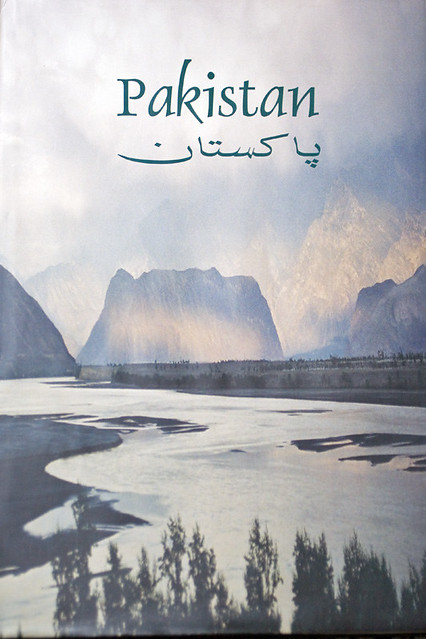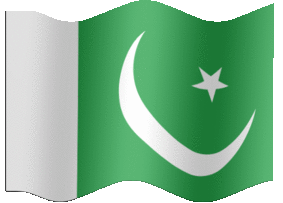
The Birth of Pakistan
by admin on Oct 24, 2011

The British Parliament passed the Indian Independence Act on July 18, 1947. The Act created two dominions, Indian Union and Pakistan. It also provided for the complete end of British control over Indian affairs from August 15, 1947. The Muslims of the Sub-continent had finally achieved their goal to have an independent state for themselves, but only after a long and relentless struggle under the single-minded guidance of the Quaid.
The Muslims faced a gamut of problems immediately after independence. However, keeping true to their traditions, they overcame them after a while. Quaid-i-Azam Muhammad Ali Jinnah was appointed the first Governor General of Pakistan and Liaquat Ali Khan became its first Prime Minister. Pakistan became a dominion within the British Commonwealth of Nations.
The boundaries of Pakistan emerged on the map of the world in 1947. This was accomplished on the basis of the Two-Nation Theory. This theory held that there were two nations, Hindus and Muslims living in the territory of the Sub-continent. Sir Syed Ahmad Khan was the first exponent of the Two-Nation Theory in the modern era. He believed that India was a continent and not a country, and that among the vast population of different races and different creeds, Hindus and Muslims were the two major nations on the basis of nationality, religion, way-of-life, customs, traditions, culture and historical conditions.
The politicization of the Muslim community came about as a consequence of three developments:
- Various efforts towards Islamic reform and revival during the late 19th and early 20th centuries.
- The impact of Hindu-based nationalism.
- The democratization of the government of British India.
While the antecedents of Muslim nationalism in India go back to the early Islamic conquests of the Sub-continent, organizationally it stems from the demands presented by the Simla Deputation to Lord Minto, the Governor General of India, in October 1906, proposing separate electorates for the Indian Muslims. The principal reason behind this demand was the maintenance of a separate identity of the Muslim nationhood.
In the same year, the founding of the All India Muslim League, a separate political organization for Muslims, elucidated the fact that the Muslims of India had lost trust in the Hindu-dominated Indian National Congress. Besides being a Hindu-dominated body, the Congress leaders in order to win grass-root support for their political movements, used Hindu religious symbols and slogans, thereby arousing Muslim suspicions regarding the secular character of the Congress.
Events like the Urdu-Hindi controversy (1867), the partition of Bengal (1905), and Hindu revivalism, set the two nations, the Hindus and the Muslims, further apart. Re-annulment of the partition of Bengal in 1911 by the British government brought the Congress and the Muslim League on one platform. Starting with the constitutional cooperation in the Lucknow Pact (1916), they launched the Non-Cooperation and Khilafat Movements to press upon the British government the demand for constitutional reforms in India in the post-World War I era.
But after the collapse of the Khilafat Movement, Hindu-Muslim antagonism was revived once again. The Muslim League rejected the proposals forwarded by the Nehru Report and they chose a separate path for themselves. The idea of a separate homeland for the Muslims of Northern India as proposed by Allama Iqbal in his famous Allahabad Address showed that the creation of two separate states for the Muslims and Hindus was the only solution. The idea was reiterated during the Sindh provincial meeting of the League, and finally adopted as the official League position in the Lahore Declaration of March 23, 1940.
Thus these historical, cultural, religious and social differences between the two nations accelerated the pace of political developments, finally leading to the division of British India into two separate, independent states, Pakistan and India, on August 14 & 15, 1947, respectively.
COURTESY: PLEASE VISIT A WONDERFUL SCHOLARLY WEBSITE ON PAKISTAN: STORY OF PAKISTAN
http://storyofpakistan.com/the-birth-of-pakistan/
Grate Acknowledgement of Pakistani Photographer Muhammad Shoaib Tanoli
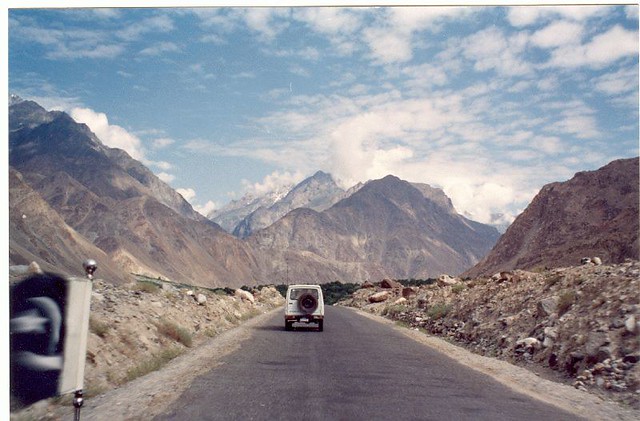 NORTHERN PAKISTANJust before Pakistan-China border 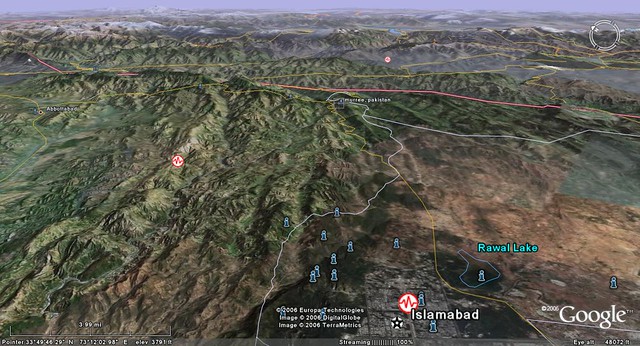 Northern PakistanA snapshot of some of my travels in the breathtaking areas of Northern Pakistan 12 years ago – the red line across the mountains is the border with Azad Kashmir. In fact, this view also takes in Punjab, the Islamabad Capital Territory and the North-West Frontier Province- four of Pakistan’s eight provinces 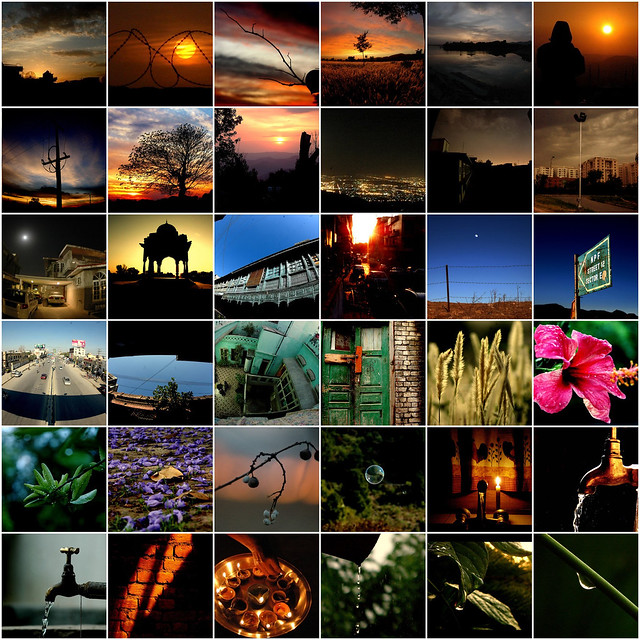 Pakistan through my eyesPardon me for making another mosaic collection of my photographs but I just couldn’t help it. Having photographed Pakistan especially Islamabad-Rawalpindi (where I live) extensively I have come to appreciate everything about Pakistan- and I have found beauty in them- from Pakistan’s sunsets to landscapes to architecture to remnants of British colonial buildings to a weather-beaten tap to a single dew on a plant- and especially culture. 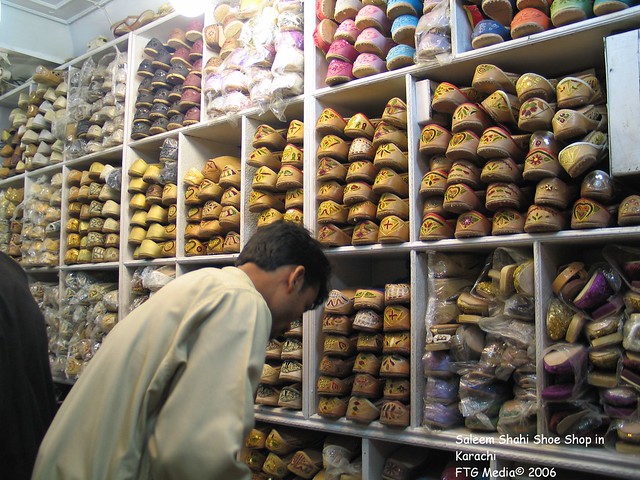 Karachi Shoe Shop- PakistanSaleem-Shahi Sandels/Shoes at Hyderi Market Karachi Pakistan
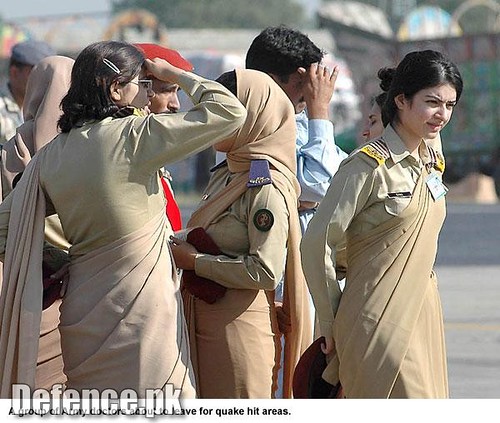 PAKISTAN MILITARYPAKISTAN MILITARY Khurram Gardezi
 Pakistan MapPakistan Map at Wagha Border Lahore. 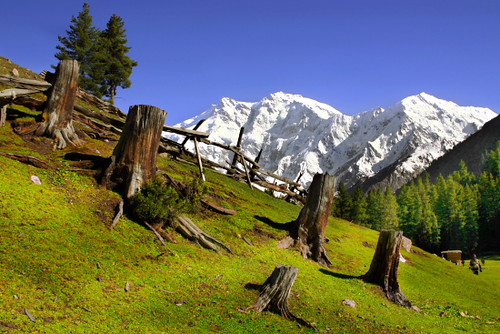 Roots (Mountain Nanga Perbat, Fairy Meadow, Pakistan)My Beautiful Pakistan.  Roots (Mountain Nanga Perbat, Fairy Meadow, Pakistan)My Beautiful Pakistan.
 Pakistan, KarachiPakistan, Karachi beach 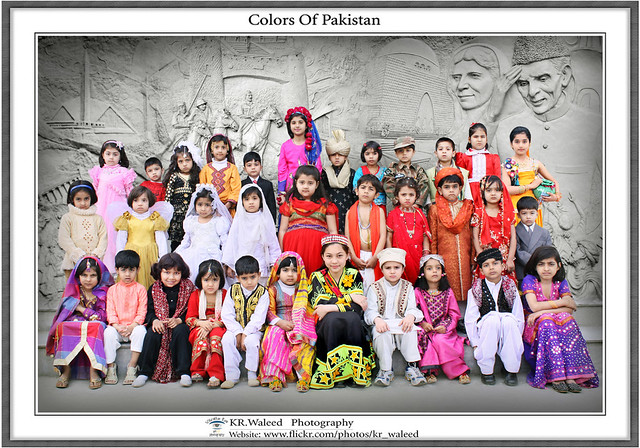 Colors Of Pakistan.Cultural Dresses of Pakistan. |

